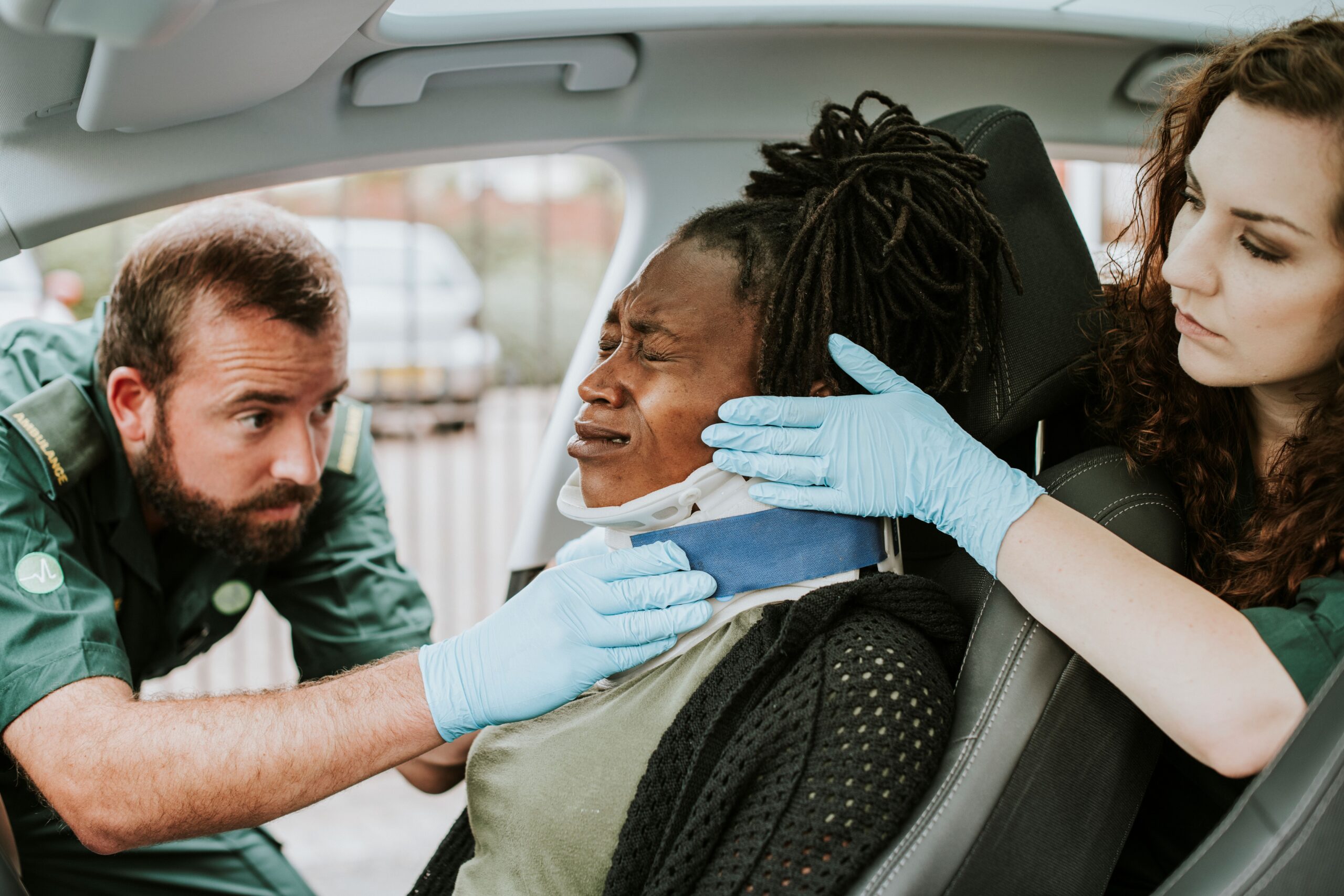Now Reading: How a Car Accident Lawyer Investigates an Injury Claim
-
01
How a Car Accident Lawyer Investigates an Injury Claim

How a Car Accident Lawyer Investigates an Injury Claim
In the aftermath of a car accident, a survivor’s world is often turned upside down. Amidst the chaos of medical treatments, vehicle repairs, and worrying about paying bills, pursuing an injury claim can feel overwhelming. A knowledgeable car accident lawyer steps into this fray, methodically dissecting each element to build a compelling case. This investigative journey is meticulous and multifaceted, requiring a deep dive into all the details of the crash.
The Initial Consultation
Filing a car accident lawsuit begins with an initial consultation. The survivor recounts the incident in a detailed manner, providing the car accident lawyer with a narrative that guides the investigation. This conversation is an opportunity for the lawyer to identify potential avenues of inquiry. Were there witnesses? Did weather conditions play a role? Was there any indication of negligence or reckless behavior?
Understanding the client’s experience is crucial as often the smallest detail can make a big difference in a case. This stage also involves a detailed enumeration of the survivor’s medical condition, ensuring that the physical and psychological impacts of the accident are fully appreciated.
Gathering Evidence
Gathering concrete evidence involves several key components:
- Scene Investigation:
A visit to the accident scene is indispensable. Lawyers may work alongside accident reconstruction experts to piece together the dynamics of the crash. Skid marks, traffic signals, and road conditions are meticulously documented. Photographs and videos of the scene provide a visual record, while diagrams may be drawn to illustrate the positions and movements of the involved vehicles. - Eyewitness Testimonies:
Eyewitnesses can offer invaluable perspectives that are not captured by physical evidence. Lawyers track down and interview these individuals, seeking details that corroborate the victim’s account or reveal new angles. These testimonies are carefully analyzed and cross-referenced with other pieces of evidence. - Police Reports:
Official reports from law enforcement agencies provide a factual summary of the incident, including observations made by officers at the scene. These documents often contain critical information such as citations issued, statements from involved parties, and preliminary assessments of fault. - Surveillance Footage:
In today’s digital age, surveillance cameras are ubiquitous. Lawyers scrutinize footage from traffic cameras, nearby businesses, and even dashcams from other vehicles. This visual evidence can offer an unfiltered glimpse into the moments leading up to, during, and after the collision.
Medical Records
A pivotal aspect of the investigation involves obtaining and reviewing the survivor’s medical records. These documents chronicle the injuries sustained in the accident and the subsequent treatments. However, beyond the surface-level diagnosis, lawyers delve into the long-term implications of these injuries. What is the prognosis? Will the survivor require ongoing medical care? How have the injuries impacted their quality of life and ability to work?
Car accident lawyers often consult with medical professionals to interpret complex medical jargon and to understand the full extent of the survivor’s suffering. They compile these findings into a comprehensive medical review, which becomes a cornerstone of the injury claim.
Liability and Negligence
In the realm of personal injury law, establishing fault or liability is paramount. The lawyer’s task is to demonstrate that the other party’s negligence directly caused the accident and the resultant injuries. This involves a two-pronged approach:
- Proving Duty and Breach:
Every driver has a duty of care to operate their vehicle safely. A lawyer must show that the at-fault driver breached this duty through actions such as speeding, distracted driving, or violating traffic laws. This may involve presenting evidence of the driver’s behavior prior to the crash, such as cell phone records indicating texting while driving. - Causal Link:
It’s not enough to prove that the other driver was negligent; the lawyer must also establish a direct causal link between this negligence and the injuries sustained. This often demands a synthesis of various evidence types, illustrating a clear narrative from the negligent act to the injury.
Negotiations and Settlement
Armed with a robust body of evidence, the lawyer enters into negotiations with the insurance company. This stage is as much about advocacy as it is about facts. The lawyer presents the compelling evidence, arguing for a settlement that adequately compensates the victim for their medical expenses, lost wages, and emotional distress.
Insurance companies, often equipped with seasoned legal teams, do not easily concede. They may challenge the evidence, downplay the severity of injuries, or argue contributory negligence. An experienced car accident lawyer anticipates these tactics, is ready with counterarguments and additional evidence to reinforce the claim.
Litigation
If negotiations stall, the case may proceed to litigation. Here, the lawyer’s role evolves into that of a courtroom advocate. Pre-trial preparations involve depositions, where witnesses provide sworn testimonies, and the exchange of evidence during discovery.
During the trial, the car accident lawyer presents the case to a judge or jury, weaving together the collected evidence and witness testimonies into a cohesive, persuasive narrative. Cross-examinations, opening statements, and closing arguments are crafted to highlight the strengths of the case and dismantle the defense’s arguments.
The Verdict
The culmination of this exhaustive process is the pursuit of justice for the survivor. Whether through a settlement or a trial verdict, the goal remains the same: to secure fair compensation for the injuries and losses suffered. Each step of the investigation is a testament to the lawyer’s commitment to unraveling the complexities of the accident and advocating fiercely for their client.
In the world of personal injury claims, the investigative acumen of a car accident lawyer is the linchpin that holds the case together. Through meticulous evidence gathering, strategic negotiations, and, if necessary, courtroom battles, they strive to turn the turmoil of an accident into a pathway to justice and recovery.










